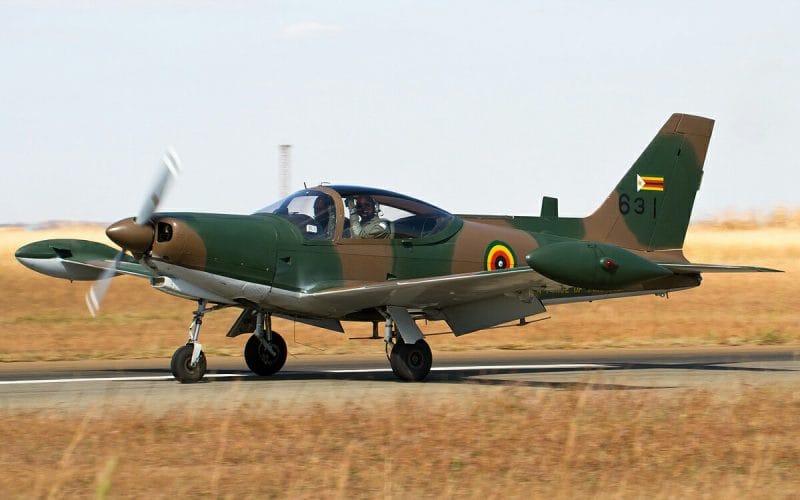The Zimbabwe Air Force has come under increasing scrutiny after a series of alarming aviation incidents exposed deep-rooted weaknesses in the country’s military aviation infrastructure, raising national security concerns.
The crisis gained renewed attention in August 2021 after a near-fatal incident occurred when President Emmerson Mnangagwa’s helicopter was forced to make an emergency landing at a farm in Sandringham, about 40 miles from Harare. A technical fault in the aircraft’s avionics, indicating a battery failure during flight, triggered the emergency landing. The president escaped unharmed, but the incident led to an overhaul of security procedures.
Subsequent investigations revealed critical gaps in protocol, pointing to communication breakdowns between the presidential flight crew and the Zimbabwe Air Force. The incident, reported exclusively by investigative outlet The NewsHawks, led to a raid by security services aimed at identifying the source of the leak. The journalist involved was forced into hiding for safety reasons while authorities pursued the suspected informant.
The incident is part of a broader pattern of failures within the Air Force, which has recorded multiple aircraft crashes in recent years. In September 2024, a Mil Mi-8 helicopter crashed during takeoff in Masvingo shortly before it was scheduled to carry President Mnangagwa. Although he was not on board, the accident deepened concerns about the safety and reliability of the Air Force fleet.
The series of fatal accidents includes:
- The fatal crash of a Chengdu J-7/F-7 fighter jet near Gweru in May 2025, which killed a retired Squadron Leader during a training flight.
- The death of Air Lieutenant Nesbert Tambudza in a training aircraft crash in September 2023.
- Previous accidents involving SF-260 and Bell 412 helicopters between 2020 and 2023, which claimed the lives of both pilots and civilians.
Experts attribute these accidents to aging equipment, limited funding and poor maintenance, exacerbated by long-standing international sanctions and embargoes. Zimbabwe’s military aviation capabilities were further strained by the country’s participation in the Second Congo War (1998-2003), which led to the loss of several aircraft and reduced operational capacity.
Efforts to modernize the fleet included the gift of a Mil Mi-38 VIP helicopter from Russia in 2023. However, the aircraft remain grounded until pilot training is completed. In addition, the Zimbabwean military has turned to the Nigerian Air Force for technical assistance and support in replacing equipment, although progress has been slow due to ongoing financial difficulties.
The state of the Air Force not only endangers military personnel and civilians, but also hinders Zimbabwe’s ability to respond to emergencies, secure its borders and contribute to regional peacekeeping efforts. Observers warn that without urgent reforms and investments, the country’s military aviation readiness will continue to decline, with potentially serious consequences for national security and leadership security.



